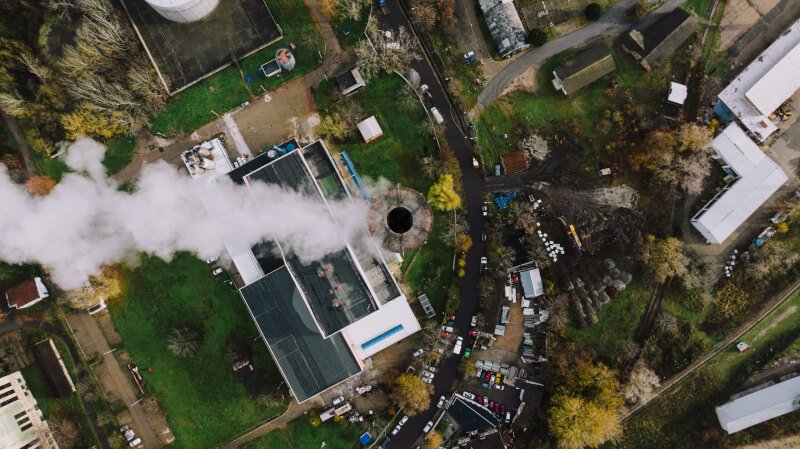Have you ever wondered what exactly a quadcopter is? Well, you’re in the right place! In this article, we’ll be exploring the fascinating world of quadcopters and unraveling the mystery behind these buzzing flying machines. From their unique design to their various applications, get ready to dive into a captivating journey that will leave you with a newfound appreciation for these aerial wonders. So, buckle up and prepare to soar through the sky as we unlock the secrets of the quadcopter!
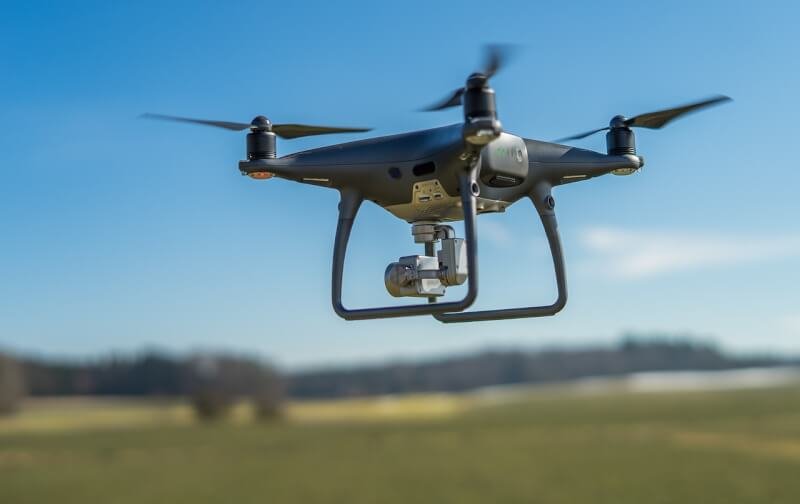
Overview of Quadcopters
Definition of a Quadcopter
A quadcopter is a type of drone that is operated by four rotors, hence the name “quadcopter”. It is a form of multirotor aircraft and is widely used for various purposes such as recreational flying, aerial photography and videography, racing, and even professional applications like surveying and mapping. Quadcopters are versatile and maneuverable, making them a popular choice for both beginners and experienced operators.
Key Components
Quadcopters are composed of several key components that work together to enable flight and control. The main components include the frame, motors, propellers, electronic speed controllers (ESCs), flight controller, and batteries. Each component has its own specific function and contributes to the overall performance and stability of the quadcopter.
Purpose and Applications
Quadcopters serve a wide range of purposes and have numerous applications. One of the most common uses of quadcopters is for recreational flying and aerial photography and videography. They offer a unique perspective and the ability to capture stunning aerial shots that were once only possible with expensive equipment. Additionally, quadcopters are used for FPV (First Person View) racing, where pilots race against each other in a high-speed, adrenaline-pumping competition. Quadcopters also find application in aerial mapping and surveying, as they can cover large areas in a relatively short period of time, providing valuable data for various industries.
Design and Structure
Frame
The frame of a quadcopter serves as the structural support and housing for all the other components. It is typically made of lightweight materials such as carbon fiber or aluminum to keep the overall weight of the quadcopter low. The frame design can vary depending on the purpose of the quadcopter, ranging from simple and compact frames for racing drones to more robust and stable frames for photography and videography drones.
Motors
The motors of a quadcopter are responsible for generating the thrust required for flight. These motors are usually brushless and provide high torque and efficiency. The number of motors directly corresponds to the type of quadcopter, with quadcopters having four motors. The motors are strategically placed on the arms of the frame and are connected to the propellers.
Propellers
Propellers play a vital role in quadcopter flight, as they create a pressure difference that generates lift and enables the quadcopter to ascend and descend. The propellers are attached to the motor shafts and rotate at high speeds. The size, shape, and pitch of the propellers can significantly impact the performance and flight characteristics of the quadcopter.
Electronic Speed Controllers (ESCs)
The electronic speed controllers (ESCs) are responsible for controlling the speed of the motors and thus the rotation of the propellers. They receive commands from the flight controller and adjust the power output accordingly to maintain stability and control. The ESCs play a crucial role in ensuring the quadcopter responds accurately to the pilot’s commands.
Flight Controller
The flight controller is the brain of the quadcopter, responsible for processing inputs from the pilot or autonomous systems and making adjustments to the motors and other components. It receives data from various sensors such as accelerometers, gyroscopes, and barometers, allowing the quadcopter to maintain stability and respond to changes in flight conditions. Modern flight controllers often have built-in GPS functionality, enabling advanced features like autonomous flight and return-to-home functions.
Batteries
Batteries provide the necessary power for the quadcopter to fly. They are usually lithium-polymer (LiPo) batteries, known for their high energy density and lightweight characteristics. The battery size and capacity directly affect the flight time of the quadcopter, with larger batteries allowing for longer flights. It is important for operators to choose the appropriate battery for their quadcopter to ensure optimal performance and flight time.
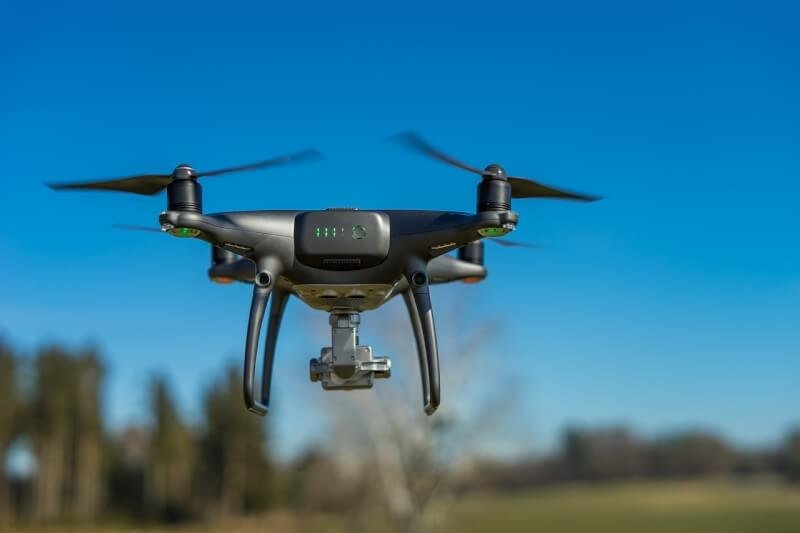
Flight Principles
Multirotor Basics
Quadcopters are a type of multirotor aircraft, meaning they have multiple rotors that provide lift and control. The basic principle behind multirotor flight is the manipulation of thrust and torque generated by the rotors. By adjusting the speed and direction of rotation of each rotor, the quadcopter can achieve various flight maneuvers and maintain stability in the air.
Forces in Flight
In order to understand the flight of a quadcopter, it is essential to understand the forces at play. The main forces involved in quadcopter flight are lift, weight, thrust, and drag. Lift is the upward force generated by the propellers, countering the weight of the quadcopter. Thrust is the forward force that propels the quadcopter through the air, while drag is the resistance encountered by the quadcopter’s movement through the air.
Yaw, Pitch, and Roll
Quadcopters are capable of three primary movements in flight: yaw, pitch, and roll. Yaw refers to the rotation of the quadcopter around its vertical axis, causing it to turn left or right. Pitch involves tilting the quadcopter forward or backward, while roll involves tilting it from side to side. By manipulating these movements, the pilot can control the quadcopter’s direction and orientation in the air.
Stability and Control
Maintaining stability is crucial for quadcopter flight. To achieve stability, the flight controller continuously adjusts the speed of the motors to counteract external forces such as wind or changes in pilot input. Additionally, some quadcopters are equipped with stabilization systems such as gyroscopes or accelerometers to further enhance stability and control.
Flight Modes
Quadcopters often offer different flight modes to cater to various flying styles and skill levels. Some common flight modes include manual mode, where the pilot has full control over the quadcopter’s movements, and GPS-assisted mode, where the quadcopter maintains its position using GPS technology. These flight modes provide flexibility and adaptability to different situations and preferences.
Types of Quadcopters
Toy Quadcopters
Toy quadcopters are designed for recreational flying and are usually more affordable and beginner-friendly. They are often smaller in size and may lack advanced features found in higher-end quadcopters. Toy quadcopters are a great way to introduce beginners to the world of drones and allow them to learn the basics of flight without the complexity of advanced controls.
Photography and Videography Drones
Photography and videography drones are specifically designed to capture high-quality aerial images and videos. These quadcopters often come equipped with stabilized gimbals to ensure smooth and steady footage. They may also have advanced camera features such as 4K resolution and different shooting modes. Photography and videography drones are popular among professional photographers, filmmakers, and enthusiasts looking to capture stunning aerial imagery.
FPV Racing Drones
FPV racing drones are designed for high-speed racing and intense competition. These quadcopters are built with speed and maneuverability in mind, often featuring lightweight frames and powerful motors. FPV (First Person View) technology allows pilots to experience the race from the quadcopter’s perspective through goggles or a monitor, adding to the thrill and excitement of the sport. FPV racing drones are popular among drone racing enthusiasts and provide an immersive and adrenaline-fueled experience.
Aerial Mapping and Surveying Drones
Aerial mapping and surveying drones are utilized for professional applications such as land surveying, mapping, and infrastructure inspection. These quadcopters are equipped with specialized sensors and cameras that can capture detailed images and data from above. The collected data can be used for various industries such as urban planning, agriculture, and environmental monitoring. Aerial mapping and surveying drones offer efficiency and accuracy in data collection, saving time and resources compared to traditional methods.
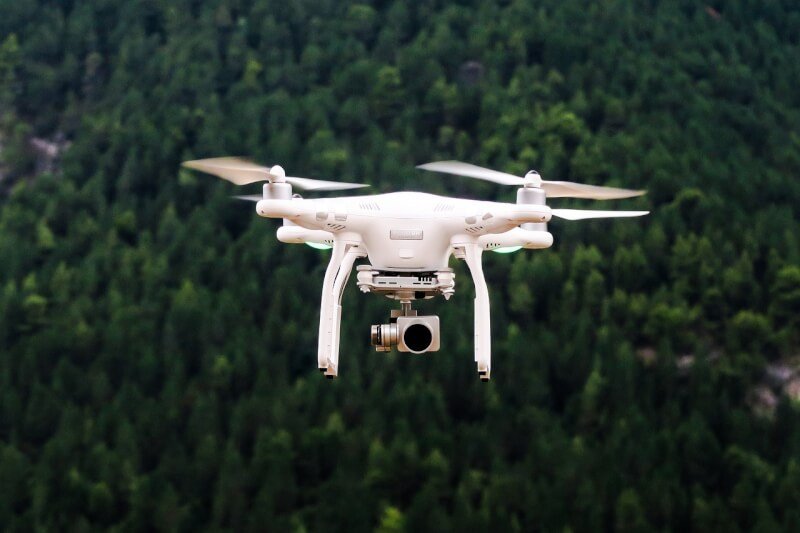
Benefits and Advantages
Versatility and Maneuverability
One of the key advantages of quadcopters is their versatility and maneuverability. With the ability to hover, ascend, descend, and perform various aerial maneuvers, quadcopters can access areas that are difficult or impossible to reach with traditional aircraft or ground-based systems. This makes them invaluable in various fields such as search and rescue operations, aerial inspections, and surveillance.
Easier Learning Curve
Quadcopters are generally easier to learn to fly compared to fixed-wing aircraft or helicopters. Their design and flight characteristics make them more stable and forgiving, allowing beginners to grasp the basics of flight without extensive training. Many quadcopters also come with assisted flight modes and features that help beginners build confidence and improve their piloting skills gradually.
Efficient Vertical Takeoff and Landing
Quadcopters have the unique ability to take off and land vertically, eliminating the need for a runway or a large flat area. This vertical takeoff and landing (VTOL) capability give quadcopters a significant advantage in terms of accessibility and convenience. They can launch and land from confined areas, making them suitable for environments where space is limited.
Compact and Portable
Quadcopters are generally compact and portable, allowing operators to easily transport them to different locations. This portability makes quadcopters ideal for on-the-go photographers, videographers, and adventurers who want to capture aerial shots while traveling. The compact size also facilitates storage and reduces the transportation footprint compared to larger aircraft.
Cost-Effective
Quadcopters are often more cost-effective compared to traditional aircraft or other unmanned aerial systems. The initial investment for a quadcopter is relatively affordable, especially for toy or entry-level models. Maintenance and operating costs are generally lower as well, requiring less specialized equipment and personnel. This cost-effectiveness has made quadcopters accessible to a wider range of individuals and industries.
Challenges and Limitations
Battery Life
One of the significant challenges faced by quadcopters is limited battery life. The flight time of a quadcopter depends on several factors, including battery capacity, payload, and flight conditions. However, even with advancements in battery technology, most consumer quadcopters have a flight time of around 20-30 minutes. This limited flight duration can restrict the range and duration of certain operations, requiring careful planning and battery management.
Weather Conditions
Weather conditions can significantly impact quadcopter flight. Strong winds, rain, and extreme temperatures can pose challenges and risks to the stability and control of the quadcopter. Flying in windy conditions can be particularly challenging, as it can affect the quadcopter’s ability to maintain stability and stability. It is essential for operators to be aware of weather conditions and exercise caution when flying in adverse conditions.
Legal Restrictions and Regulations
Operating quadcopters is subject to various legal restrictions and regulations imposed by aviation authorities and local authorities. These regulations are in place to ensure safety and privacy and may include restrictions on flying in certain areas, altitude limits, and licensing requirements. Operators must be familiar with and adhere to these regulations to avoid legal consequences and ensure responsible drone operation.
Risk of Collisions
The risk of collisions is a significant consideration when operating quadcopters, especially in crowded or urban areas. Collisions with other aircraft or objects can lead to damage or loss of the quadcopter and pose risks to people and property on the ground. Pilots must maintain visual line of sight and practice safe flying techniques to minimize the risk of collisions. Additionally, some quadcopters are equipped with collision avoidance systems to enhance safety and reduce the likelihood of accidents.
Maintenance and Repair
Quadcopters require regular maintenance and occasional repairs to ensure optimal performance and longevity. Motors, propellers, and other components may need to be replaced over time due to wear and tear or damage. Maintenance tasks include cleaning, calibrating sensors, and checking for loose or damaged parts. It is important for operators to follow manufacturer guidelines and perform routine maintenance to prevent issues and prolong the lifespan of the quadcopter.
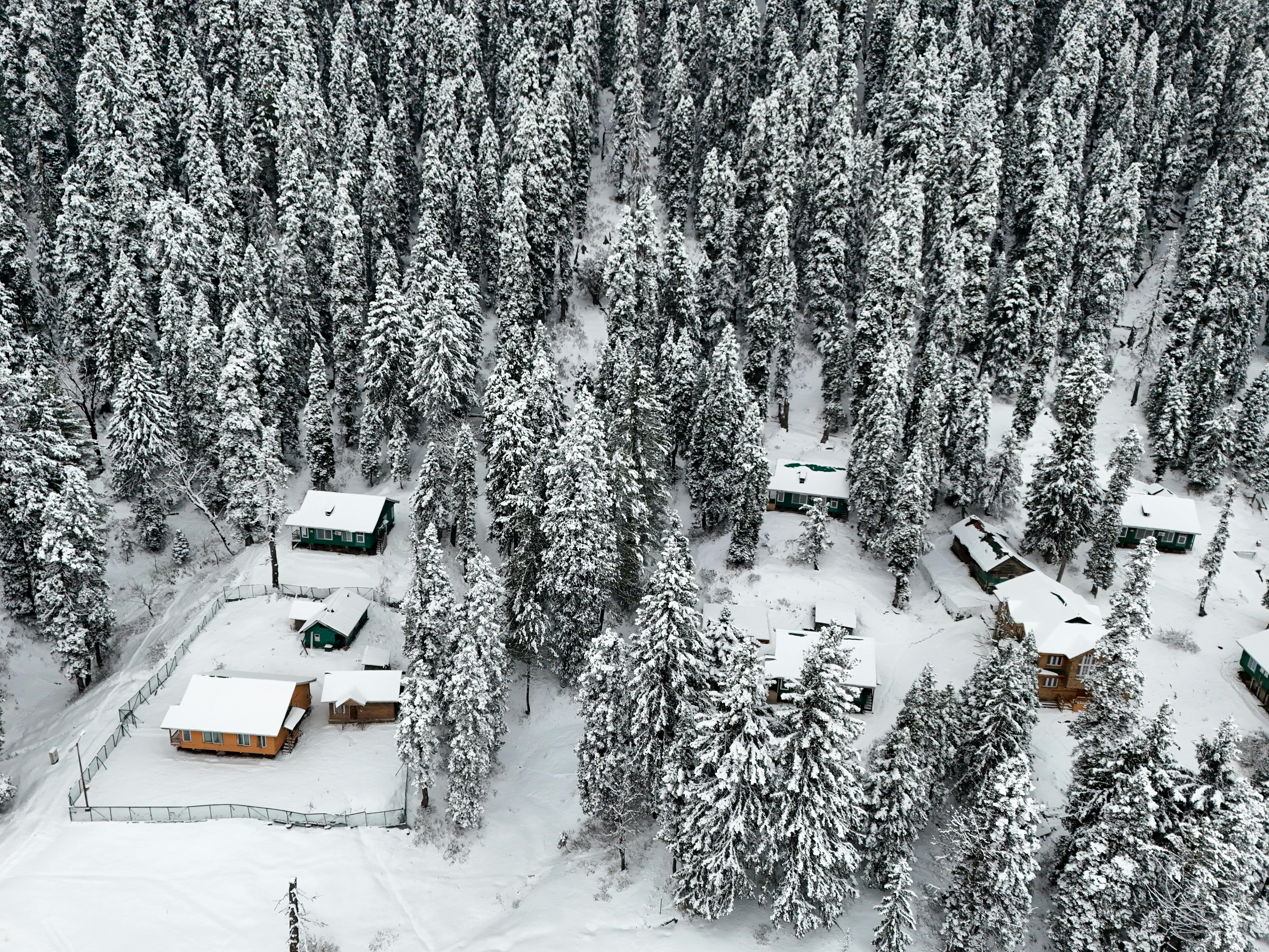
Safety Considerations
Basic Safety Guidelines
When operating a quadcopter, there are several basic safety guidelines that should be followed. These include:
- Fly in open areas away from people, buildings, and obstacles.
- Respect privacy and avoid flying over private property without permission.
- Maintain visual line of sight with the quadcopter at all times.
- Do not fly near airports or restricted airspace.
- Be aware of weather conditions and avoid flying in adverse conditions.
- Fly at safe altitudes and within legal limits.
- Keep spare batteries and a fire extinguisher nearby for emergencies.
- Always fly responsibly and considerate of others.
Pilot Training and Licensing
Some regions or countries may require pilots to undergo training and obtain a license to operate a quadcopter, especially for commercial or specialized operations. Training programs provide essential knowledge and skills related to flight operations, safety procedures, and regulations. Pilots should seek appropriate training and certification to ensure they are proficient and compliant with the specific requirements of their location.
Risk Mitigation
To mitigate risks associated with quadcopter operations, it is important to adopt risk management strategies. This involves conducting thorough pre-flight planning, assessing potential hazards, and implementing appropriate mitigation measures. Pilots should have contingency plans in place for emergencies or unexpected situations and practice situational awareness throughout the flight. Regular safety assessments and reviews of operating procedures can help identify potential risks and make necessary adjustments.
Pre-flight Checks
Performing pre-flight checks is essential to ensure the quadcopter is in proper working condition before each flight. These checks typically include inspecting the frame and components for any damage, ensuring the propellers are securely attached, checking battery levels, and verifying proper communication between the remote controller and quadcopter. Pre-flight checks help identify any potential issues that could affect flight safety and allow for timely remediation.
Emergency Procedures
In the event of an emergency or unexpected situation during flight, pilots should be familiar with emergency procedures. This includes knowing how to initiate emergency landings, activating fail-safe modes, or applying appropriate control inputs to regain stability. Pilots should practice emergency procedures regularly to ensure quick and effective responses in critical situations.
Quadcopter Accessories
Remote Controllers
Remote controllers are handheld devices used to control and maneuver the quadcopter. They typically feature joysticks or control sticks, switches, and buttons to manage various flight functions. Higher-end remote controllers often have built-in screens or support for smartphone integration, providing real-time flight data and live video feed.
Camera Gimbals
Camera gimbals are accessories designed to stabilize cameras and prevent unwanted motion or vibrations during flight. They allow operators to capture smooth and steady footage, even in turbulent conditions. Camera gimbals are commonly used in photography and videography quadcopters, providing professional-grade stabilization and improving the quality of aerial imagery.
Propeller Guards
Propeller guards are protective enclosures that surround the propellers of the quadcopter. They serve as a safety measure to prevent injury to people or damage to objects in the event of collisions or unexpected contact with the rotating propellers. Propeller guards can be especially useful for beginners or when flying in confined spaces.
Carrying Bags and Cases
Carrying bags and cases provide a convenient and protective solution for transporting quadcopters and their accessories. They are designed to securely hold the quadcopter and its components, ensuring safe and organized storage during travel. Carrying bags and cases come in a variety of sizes and designs to accommodate different quadcopter models and accessories.
Additional Batteries
Having additional batteries is essential for extending the flight time of a quadcopter. Carrying spare batteries allows operators to quickly swap out depleted batteries and continue flying without significant interruption. It is recommended to have multiple fully charged batteries on hand for longer flights or situations where continuous operation is required.
Charging Stations
Charging stations provide a centralized and efficient solution for charging multiple quadcopter batteries simultaneously. These stations usually have multiple charging ports and advanced charging management systems to ensure the safe and optimal charging of batteries. Charging stations are particularly useful when there is a need to charge multiple batteries quickly, reducing downtime between flights.

Future Developments
Increased Autonomy
One of the significant future developments in quadcopter technology is increased autonomy. Advancements in artificial intelligence and machine learning are paving the way for autonomous flight capabilities, allowing quadcopters to navigate complex environments, avoid obstacles, and perform tasks with minimal human intervention. Increased autonomy has the potential to revolutionize various industries, including delivery services, inspections, and surveillance.
Improved Battery Technology
Battery technology is continuously advancing, and future developments may result in significant improvements in the flight time and energy density of quadcopter batteries. Longer flight times would allow for extended missions and potentially enable quadcopters to perform more demanding tasks. Additionally, advancements in battery technology may address safety concerns associated with lithium-polymer batteries, making them even more reliable and efficient.
Advanced Collision Avoidance Systems
Quadcopters are likely to benefit from advanced collision avoidance systems in the future. These systems can incorporate various sensors, such as depth cameras and LIDAR (Light Detection and Ranging), to detect and avoid obstacles in real-time. Advanced collision avoidance systems would enhance the safety and reliability of quadcopter operations, especially in complex or congested environments.
Integration with Artificial Intelligence
The integration of quadcopters with artificial intelligence (AI) has the potential to transform their capabilities and applications. AI algorithms can enable quadcopters to analyze data in real-time, make intelligent decisions, and adapt to changing conditions. This opens up possibilities for advanced autonomous missions, improved image recognition for aerial inspections, and even collaborative swarm operations.
Conclusion
Quadcopters have become increasingly popular due to their versatility, maneuverability, and wide range of applications. Whether used for recreational flying, aerial photography, racing, or professional purposes, quadcopters offer unique perspectives and capabilities that were once unattainable. While they come with their own set of challenges and limitations, advancements in technology, safety measures, and regulations continue to make quadcopters more accessible and reliable. As future developments unfold, quadcopters are poised to contribute even more to various industries and revolutionize the way we perceive and interact with the world from above.

